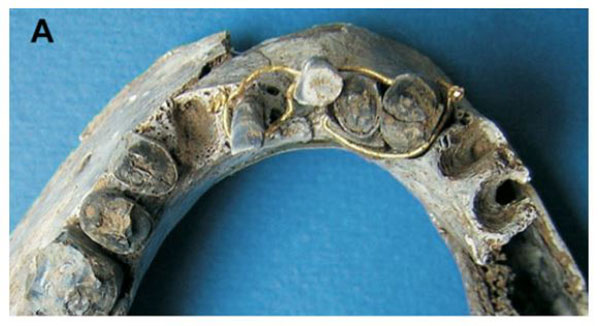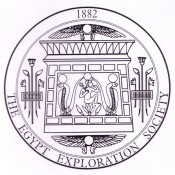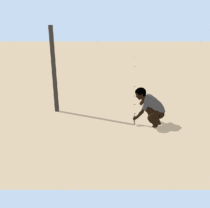Massingham, Sarah, “Uncovering the tooth: interventive dental therapy in Ancient Egypt”, thesis, Macquarie University, 2021. DOI: https://doi.org/10.25949/23902482.v1
Since the early twentieth century, scholars have suggested that the ancient Egyptians were highly advanced and organised in their practice of medicine, to the extent of possessing a specialised branch of dentistry from as early as the Old Kingdom (c. 2686 – 2181 BC). An extremely small corpus of osteological specimens purported to exhibit evidence of interventive dental therapy has been used to support this claim. However, the therapeutic interpretations of many of the specimens have been disputed and it is clear that further scientific analysis is required to clarify our understanding of the evidence. Several historiographical issues have also influenced past scholarship and warrant review, including apocryphal ‘archaeological discoveries’ relating to ancient Egyptian dental therapy, and inaccurate secondary reports concerning the osteological corpus. Furthermore, it has been suggested that the Egyptians were the first ancient culture to produce and employ dental bridges for the therapeutic purpose of stabilising loose or exfoliated teeth within the dentition; however, scholars have neglected to critically consider the geographical transmission of ideas and technology relating to dental therapy in antiquity.
Utilising an embodied and biocultural approach, this project appraises the available osteological evidence relating to ancient Egyptian dental therapy within the timeframe of the Old Kingdom – Graeco-Roman Period (c. 2686 BC – AD 323), to assess the accuracy of previous therapeutic interpretations. The investigation reveals that only three specimens can plausibly be attributed to dental therapy including the Tura el-Asmant Bridge and two carious lesion fillings. The appraisal also elucidates the need for continued scientific analysis of the corpus and addresses the historiographical issues apparent within the discourse. To determine the validity of past suggestions that the ancient Egyptians were the first culture to employ dental bridges, this project additionally investigates the larger corpus of dental devices from antiquity, including Phoenician, Etruscan, Greek and Roman devices. This research instead indicates that the Etruscans were the first culture to employ dental devices; however, the development of this technology was significantly influenced by regular cultural exchange in the ancient world.




